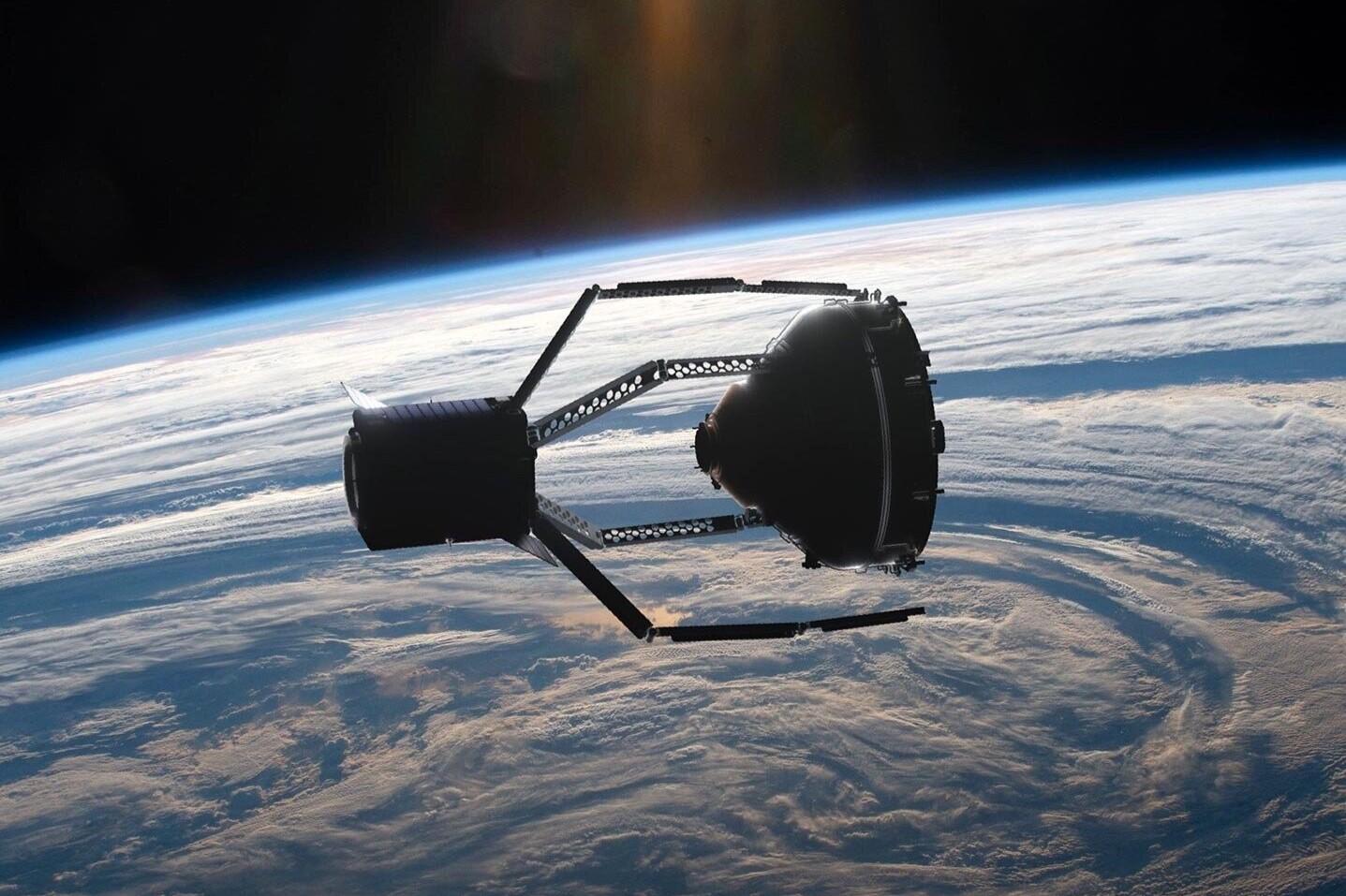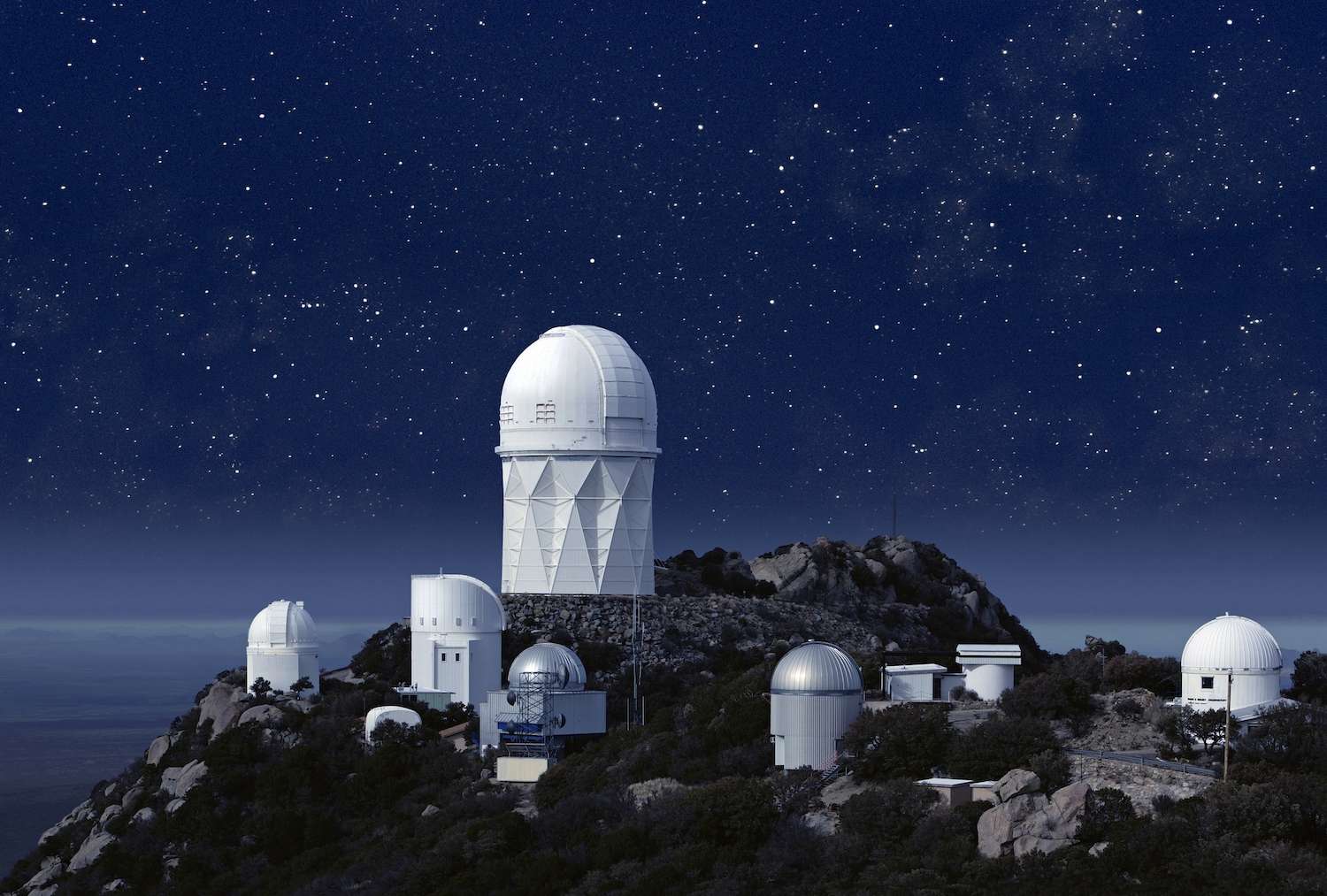
Space debris remediation is a hot topic these days. With thousands of satellites and other objects orbiting Earth, the risk of collisions grows daily. But what exactly is space debris remediation? In simple terms, it involves methods to clean up or manage the junk floating in space. This junk includes defunct satellites, spent rocket stages, and fragments from collisions. Why should we care? Because this debris poses a threat to active satellites, space missions, and even the International Space Station. Imagine a tiny piece of metal traveling at thousands of miles per hour—it's like a bullet in space! How do we tackle this issue? Scientists and engineers are developing innovative solutions like robotic arms, nets, and even lasers to capture and remove debris. Stay tuned as we explore 34 fascinating facts about this crucial endeavor.
What is Space Debris?
Space debris, also known as space junk, consists of defunct satellites, spent rocket stages, and fragments from disintegration, erosion, and collisions. This clutter poses a significant threat to active satellites and space missions.
-
Space debris includes over 23,000 objects larger than a softball orbiting Earth. These objects travel at speeds up to 17,500 mph, making even small pieces potentially destructive.
-
The first recorded instance of space debris was in 1964. A U.S. rocket exploded in orbit, creating thousands of fragments.
-
The Kessler Syndrome describes a scenario where space debris collisions cause a cascade of further collisions. This could make certain orbits unusable for satellites or space travel.
Why Space Debris is a Problem
Space debris can damage or destroy satellites, space stations, and other spacecraft. It also poses risks to astronauts during spacewalks.
-
In 2009, an inactive Russian satellite collided with an operational U.S. satellite. This event created over 2,000 pieces of trackable debris.
-
The International Space Station (ISS) has to perform debris avoidance maneuvers. These maneuvers are necessary to prevent collisions with space junk.
-
Space debris can remain in orbit for decades or even centuries. The longevity depends on the altitude of the debris.
Methods of Space Debris Remediation
Efforts to clean up space debris involve various innovative techniques and technologies.
-
One method involves using nets to capture debris. These nets can then drag the debris into the atmosphere, where it burns up.
-
Lasers can be used to alter the trajectory of space debris. By nudging debris into a lower orbit, it can re-enter the atmosphere and disintegrate.
-
Robotic arms can grab and remove larger pieces of debris. These arms are attached to satellites specifically designed for debris removal.
International Efforts and Policies
Countries and organizations worldwide are collaborating to address the space debris issue.
-
The United Nations has guidelines for space debris mitigation. These guidelines aim to minimize the creation of new debris.
-
The European Space Agency (ESA) has a program called Clean Space. This program focuses on reducing space debris and promoting sustainable space activities.
-
Japan's space agency, JAXA, is developing a magnetic tether. This tether can slow down debris, causing it to re-enter the atmosphere.
Future Technologies and Innovations
New technologies are being developed to tackle the growing problem of space debris.
-
Electrodynamic tethers can generate electricity from the Earth's magnetic field. This electricity can be used to change the orbit of debris.
-
Solar sails can be attached to debris to increase atmospheric drag. This drag helps bring the debris down faster.
-
Micro-satellites, or CubeSats, can be deployed to track and manage space debris. These small satellites can monitor debris and assist in removal operations.
Economic and Environmental Impact
Space debris has both economic and environmental implications.
-
The cost of satellite insurance has increased due to space debris risks. Higher premiums reflect the greater likelihood of damage or loss.
-
Space debris can interfere with astronomical observations. Light pollution from debris can affect the quality of data collected by telescopes.
-
Cleaning up space debris is expensive. Developing and deploying debris removal technologies requires significant investment.
Public Awareness and Education
Raising awareness about space debris is crucial for garnering support for remediation efforts.
-
Educational programs and documentaries highlight the space debris issue. These initiatives aim to inform the public and inspire action.
-
Social media campaigns can spread awareness about space debris. Platforms like Twitter and Instagram can reach a wide audience quickly.
-
Interactive exhibits at science museums can educate visitors about space debris. Hands-on activities and displays make the information more engaging.
Challenges in Space Debris Remediation
Several obstacles make space debris remediation a complex task.
-
Tracking small debris is difficult. Objects smaller than 10 cm are hard to detect but can still cause significant damage.
-
International cooperation is essential but challenging. Different countries have varying priorities and resources for space debris management.
-
Legal and regulatory issues complicate debris removal. Questions about liability and ownership of debris need to be addressed.
Success Stories in Space Debris Remediation
Despite the challenges, there have been successful efforts to mitigate space debris.
-
The RemoveDEBRIS mission successfully tested debris capture technologies. This mission demonstrated the use of nets and harpoons in space.
-
The Swiss CleanSpace One project aims to remove a defunct satellite. This mission will use a robotic arm to capture and deorbit the satellite.
-
The U.S. Air Force's Space Fence system tracks space debris. This advanced radar system can detect objects as small as a marble.
The Role of Private Companies
Private companies are also playing a role in space debris remediation.
-
SpaceX's Starlink satellites are designed to deorbit at the end of their life. This design helps reduce the long-term impact of space debris.
-
Northrop Grumman's Mission Extension Vehicle (MEV) can service and extend the life of satellites. This reduces the need to launch new satellites, thereby limiting debris creation.
-
Astroscale, a private company, focuses on space debris removal. Their ELSA-d mission aims to demonstrate end-of-life services for satellites.
The Future of Space Debris Remediation
Looking ahead, continued innovation and collaboration are key to managing space debris.
-
Artificial intelligence (AI) can help predict and avoid collisions. AI algorithms can analyze debris trajectories and suggest avoidance maneuvers.
-
International treaties may be developed to address space debris. These treaties could establish guidelines and responsibilities for debris management.
-
Public-private partnerships can accelerate debris remediation efforts. Collaboration between governments and companies can pool resources and expertise.
-
Space debris remediation will be crucial for future space exploration. Ensuring safe and sustainable orbits is essential for missions to the Moon, Mars, and beyond.
The Future of Space Debris Remediation
Space debris remediation is crucial for the safety and sustainability of space activities. With thousands of satellites and other objects orbiting Earth, the risk of collisions increases daily. Innovative solutions like active debris removal and passive debris mitigation are being developed to tackle this growing problem. Governments and private companies must collaborate to create effective policies and technologies.
Public awareness also plays a significant role. Understanding the impact of space debris on our daily lives can drive support for remediation efforts. As we continue to explore space, ensuring a clean and safe environment is essential. By addressing space debris now, we can protect future missions and maintain the benefits of space technology.
In short, tackling space debris is not just a technical challenge but a collective responsibility. Let's work together to keep our orbits clean and safe for generations to come.
Was this page helpful?
Our commitment to delivering trustworthy and engaging content is at the heart of what we do. Each fact on our site is contributed by real users like you, bringing a wealth of diverse insights and information. To ensure the highest standards of accuracy and reliability, our dedicated editors meticulously review each submission. This process guarantees that the facts we share are not only fascinating but also credible. Trust in our commitment to quality and authenticity as you explore and learn with us.


